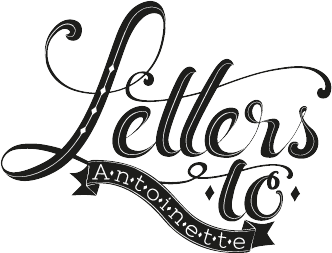JANA JEKOVA'S FASHION SHOW AND THE REBIRTH OF VENUS
Every time I get asked to talk about the Bulgarian fashion scene and to name its most renowned fashion designers - honestly - I can’t even get my head around the question.And, it’s quite ironic that I could spend hours talking about McQueen and Prada’s latest collections and yet be completely oblivious of what’s taking place on the local fashion scene. I guess it's my wanderlust and incessant travels abroad which have contributed to my disinterest in learning more about the Bulgarian fashion designers who have rebuilt the fashion scene back in the day.
Rebuilt?
Well, let me elaborate...
CIRCLE SKATER SKIRT IN JERSEY (here)/ THE STYLE SHIRT WITH RIBBON TIE (here)Well, let me elaborate...
MAISON SCOTCH SNAKE PRIN LEATHER BOX CLUTCH BAG (here)
PREMIERE PINTED HIGH HEELS (here) / KRISTINA STILETTOS (here)
RIMMEL KATE LASTING FINISH SHADE 22 (here)
From 1948 until the fall of communism, the production and distribution of clothing was centralised within the Eastern European bloc. The State was the ONLY designer and clothes were employed as the primary tool for eliminating all differences between people - based on class, gender, ethnicity, age - in the hopes of achieving ultimate equality. The designs were no longer supposed to please people's crave for aesthetics: imagination and creativity both definitive of the haute couture and designer clothing were swapped with efficiency and plainness. The female apparel had to to be comfortable and boring...serving solely Her needs as working in a factory woman.
However, the regime proved unable to inculcate another type of fashion: ‘communist fashion’, that's both rejecting the Western ideals and opposing the latest trends. Slowly, the values of traditional femininity were once again embraced by the State, ready to be employed in the designs of their by mass produced attire. And even when USSR opened up to the get a peek what was taking place at the Western fashion scene, it was too late for it to keep up with them. Plus, fashion had already become more of a political issue and it was a question of dignity for the communist leaders to prove that they are better in regards to fashion. You know, Western Fashion vs. Communist Fashion kind of a battle.
Did Communist win? Well, bluntly put, how could you win a battle if you've decided to skip the first couple of rounds? :)
Meanwhile, the ordinary citizen was never invited to participate having to wear poor quality confectionary clothing that was solely offered in store. And precisely the lack of alternative clothing prompted youngsters to seek alternative ways to differentiate themselves from the communists.
Those who couldn't make their way to the 'black market' often engaged in DIY practices, changing themselves their grey and dull ensembles in the hopes of constructing an identity that was in opposition to the one imposed by the state.
'The fashion world is no place for timid dedicated souls; it is a field for strong, determined egoists who have an innate desire to impose their wills on the world wills of iron disguised in rustling silks and beautiful colours' Bettina Ballard, former French Vogue editor
When I was invited to attend '30 Years Jana Jekova' Fashion Show, I wasn’t hyped up at all, thinking that I was jut about to see a collection that was way too ‘old-school’ for my taste. When the show commenced, however, I felt as if I was transported back in time being to an Official Gala Ball where princesses go to showcase their latest purchases.
Just check out the dresses!
And even though I’ve never been a fan of the ‘princess-like’ gowns (or wedding gowns as a matter of fact), I got so immersed in the show that I simply couldn't take my eyes off the beautiful and elegant designs, fine textiles and impeccable embrodiements.
Actually, a few days ago I found out that it was Jana Jekova who introduced the corset back to the female closet, with her dresses signifying all that femininity has ever stood for - grace, elegance, and sophistication.
Well, I know that mulling over designs that would be considered anything but subversive in the Western World (you know, where Chanel had long ago contributed for the shift of prevailing norms in regards to what women should wear) in Easter Europe the story is somewhat different. Jana engaged in doing something that was actually quite progressive in a place where the State had done its best to strip away its citizens from their identities based on class, gender, and age, leaving them with only one - communist. Jana’s clothing was innovative, giving back to women what was forcefully taken away from them - their social identity as women. Feminine women.
But that's the thing, in order to understand a fashion show of this kind, and to fully appreciate her contribution to the Bulgarian fashion scene, I had to place Jana's career in the context of the time when her career started (around the fall of Communism).
The show was marvellous and celebratory not only because it celebrated the 30-year anniversary from the establishment of Jana's fashion house, but also implicitly celebrated the freedom she was actually granted with to create such aesthetically pleasing evening and wedding gowns.
What do you think about the clothes from the show? Let me know in the comments below.
Lots of love,
A.
















No comments :
Post a Comment